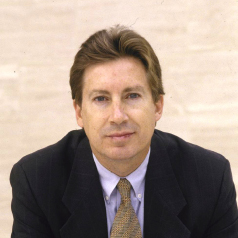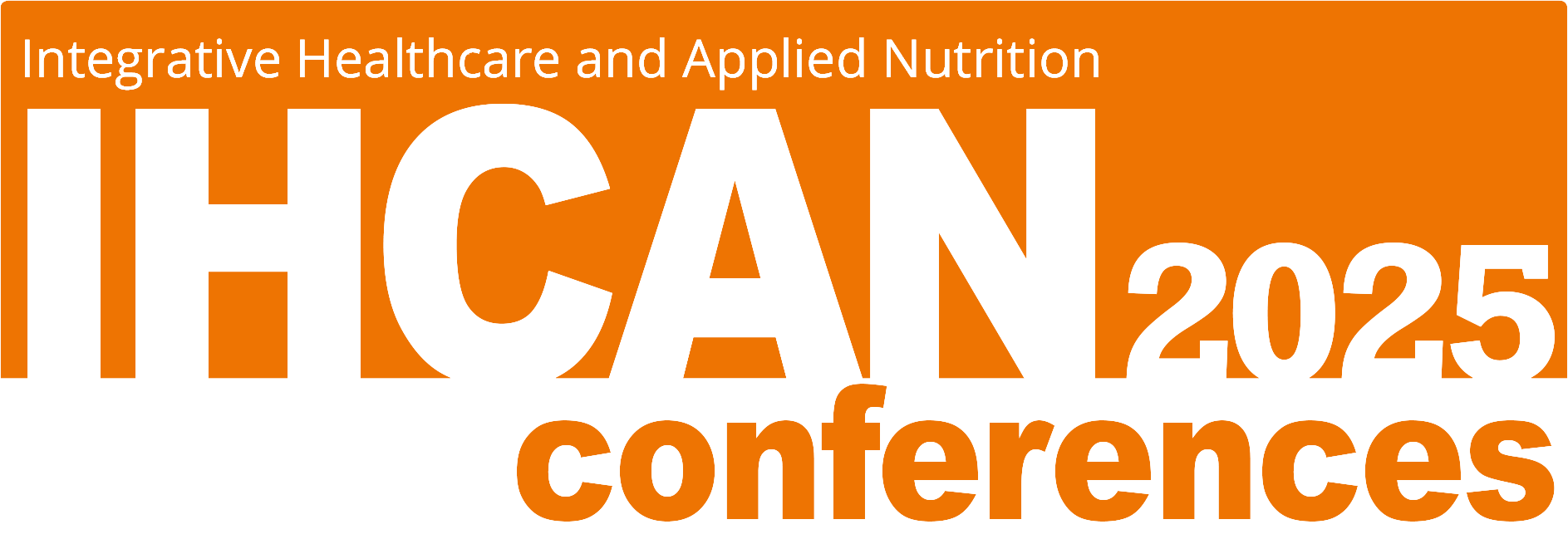
We speak exclusively to Dr Dale Bredesen, esteemed and world-renowned speaker in the neurodegenerative diseases field. We are delighted to have Dr Dale Bredesen kick off our brand new 2015 IHCAN Conferences series, especially as it is his first appearance in the UK speaking on this . Let’s meet him…
Why do you feel that functional medicine, nutritional therapy and herbal medicine are so important when treating chronic diseases?
The energy and enthusiasm in the fields of CAM, functional medicine, precision medicine and integrative medicine are palpable and infectious. Seeing case after case of effective CAM treatment of chronic illnesses that respond poorly to conventional, monopharmaceutical approaches is truly inspiring. This is the dawn of the age of treatable Alzheimer’s disease, as well as other chronic illnesses.
Over a billion US dollars have been spent on Alzheimer’s research; why did you adopt a different approach by incorporating familiar principles of functional medicine?
I do not consider what we do to be in any way ‘alternative’; instead, our research into the molecular mechanisms underlying neurodegeneration, carried out over the past 25 years, led directly to a very specific and personalised combination therapy for early Alzheimer’s disease and its precursors, SCI (subjective cognitive impairment) and MCI (mild cognitive impairment). The mechanistic research suggests that a monotherapeutic approach to a complex, network-based chronic illness such as Alzheimer’s disease is suboptimal, and indeed the many failed clinical trials to date support this notion. Thus our focus has not been on what is complementary or alternative, but rather on what is effective for this previously untreatable illness.
Why did you decide to further your research into Alzheimer’s and MCI?
Our research has focused on fundamental mechanisms of neurodegeneration, and these led to our discovery, in 1993, of a novel class of receptors that mediates programmed cell death, as well as sub-apoptotic events such as neurite retraction (Rabizadeh et al., Science, 1993; Mehlen et al., Nature, 1998). We dubbed these dependence receptors, and when we noted that the amyloid precursor protein (APP) implicated in Alzheimer’s disease displays features of a dependence receptor (Lu et al., Nature Medicine, 2000), we realised that dependence receptor mechanisms may underlie Alzheimer’s disease pathophysiology.
Who do you wish to emulate in the CAM industry?
Dr. Jeffrey Bland and Dr. Leroy Hood (Dr. Hood is not necessarily considered to be in this field, but his work is touching increasingly on the CAM field).
You are an industry-leading speaker and researcher in the field of neurodegenerative diseases; what do you enjoy most about speaking to an audience?
Speaking to an audience complements the publication of research papers — there are many nuances and considerations that cannot be included in scientific papers, but that can be presented to an audience. In addition, audience members often raise critical questions that can enhance the overall research plan. Finally, many audiences bring tremendous energy and enthusiasm to key areas of research.
